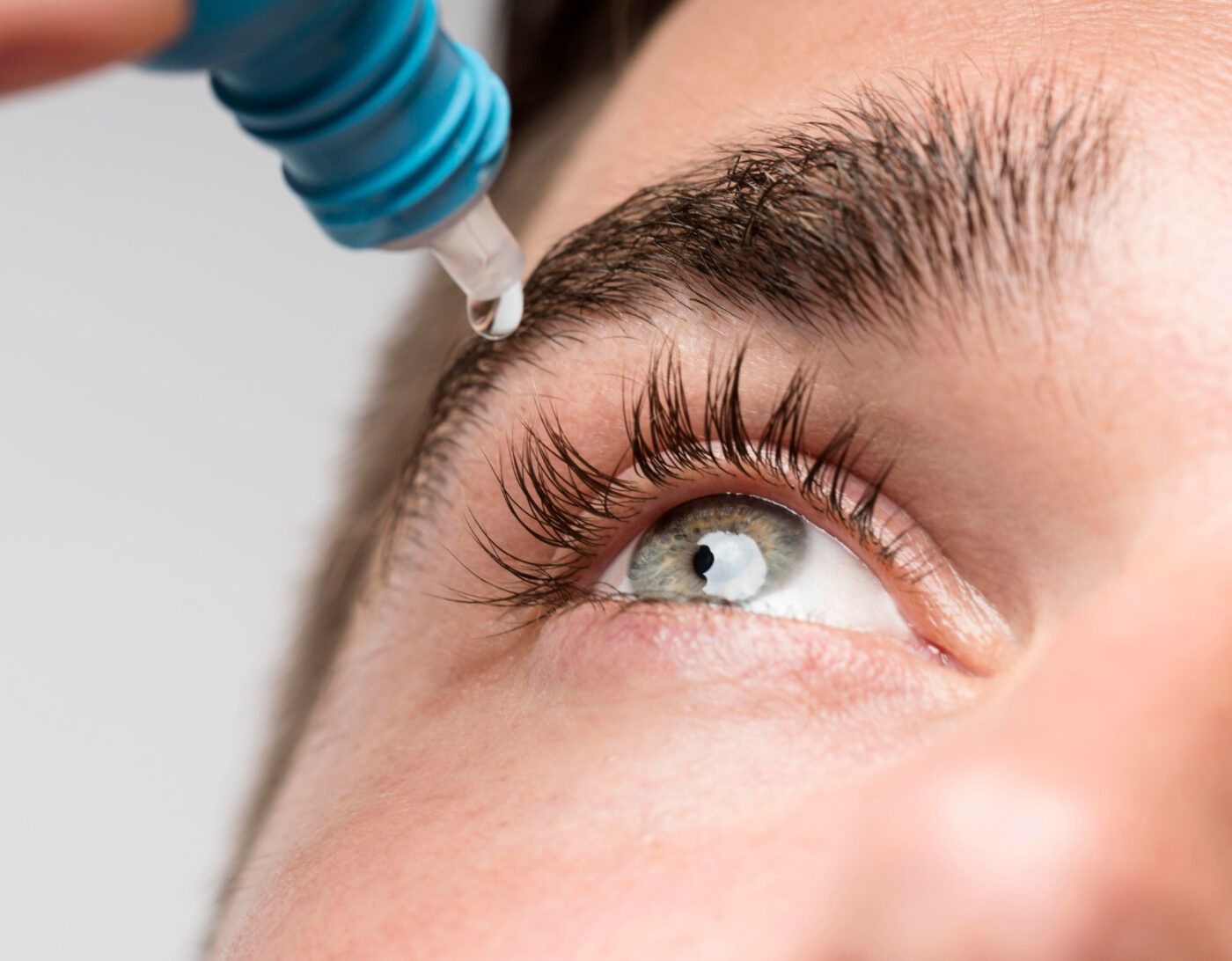Seeing clearly is essential for navigating the world and engaging with our surroundings. However, many people experience vision problems that can make it challenging to focus on objects either near or far. Two prevalent vision conditions that affect focus are nearsightedness (myopia) and farsightedness (hyperopia). While they may seem similar, these conditions have distinct characteristics and require different approaches for correction.
What is Nearsightedness (Myopia)?
Nearsightedness, also known as myopia, is a common vision condition where individuals have difficulty seeing distant objects clearly. People with nearsightedness can typically see objects close up without any problems, but distant objects appear blurry or out of focus.
The primary cause of nearsightedness is the elongation of the eyeball. In a normal eye, light rays entering the eye converge precisely on the retina, located at the back of the eyeball. However, in a nearsighted eye, the elongated eyeball causes light rays to focus in front of the retina, resulting in blurred distant vision.
Symptoms of Nearsightedness:
- Blurred vision when looking at distant objects
- Squinting to see distant objects clearly
- Headaches
- Eye strain
- Difficulty seeing while driving at night
What is Farsightedness (Hyperopia)?
Farsightedness, also known as hyperopia, is another common vision condition where individuals have difficulty focusing on near objects. People with farsightedness can usually see distant objects clearly, but objects held close appear blurry or out of focus.
The primary cause of farsightedness is the inability of the eye to focus light rays correctly on the retina. This can be due to the eyeball being too short or the cornea having an abnormal curvature. As a result, light rays entering the eye converge behind the retina, leading to blurred near vision.
Symptoms of Farsightedness:
- Blurred vision when focusing on near objects, such as reading or using a computer
- Headaches
- Eye strain
- Eyestrain
- Fatigue caused by excessive focusing effort
Key Differences Between Nearsightedness and Farsightedness
While both nearsightedness and farsightedness affect the ability to focus on objects at certain distances, they have distinct characteristics:
- Focus of Blurred Vision: In nearsightedness, distant objects appear blurry, while near objects are clear. Conversely, in farsightedness, near objects appear blurry, while distant objects are clear.
- Cause: Nearsightedness is primarily caused by an elongated eyeball, while farsightedness is caused by a shortened eyeball or an abnormally curved cornea.
- Symptoms: Nearsightedness may cause squinting, headaches, and difficulty seeing at night. Farsightedness may cause headaches, eyestrain, and fatigue from excessive focusing effort.
Diagnosis and Treatment of Nearsightedness and Farsightedness
Both nearsightedness and farsightedness can be easily diagnosed by a comprehensive eye exam performed by an ophthalmologist or optometrist. A typical eye exam will include a visual acuity test, refraction test, and examination of the eye’s internal health.

Following the diagnosis, several corrective options are available to improve vision for both nearsightedness and farsightedness:
- Eyeglasses and Contacts: Eyeglasses and contact lenses are the most common corrective options for nearsightedness and farsightedness. They utilize lenses with specific powers to bend light rays and focus them precisely on the retina, resulting in clear vision.
- Orthokeratology: Orthokeratology involves wearing specially designed rigid contact lenses overnight to reshape the cornea temporarily. This can improve vision throughout the day without the need for glasses or contacts during waking hours.
- LASIK Surgery: LASIK (laser-assisted in situ keratomileusis) is a refractive surgery that uses a laser to reshape the cornea to improve focus. LASIK surgery can be a permanent vision correction solution for nearsightedness and farsightedness.
Choosing the Right Treatment Option:
The best treatment option for nearsightedness or farsightedness will depend on your individual needs, preferences, and lifestyle. Consulting with an ophthalmologist or optometrist is essential to determine the most suitable corrective approach for your specific vision condition.
Nearsightedness and farsightedness are widespread vision conditions that can significantly impact your daily activities. Fortunately, with advancements in eye care, numerous effective corrective options are available to address these conditions and improve your vision. By scheduling regular eye exams and discussing your vision concerns with an ophthalmologist or optometrist, you can ensure you receive the appropriate diagnosis and treatment plan to achieve clear and comfortable vision.
This comprehensive guide has equipped you with a deeper understanding of nearsightedness vs. farsightedness. Remember, early detection and proper management are crucial for maintaining optimal eye health and visual function throughout your life.
Sources:
Nearsightedness – Symptoms and causes – Mayo Clinic. (2024, April 19). Mayo Clinic. https://www.mayoclinic.org/diseases-conditions/nearsightedness/symptoms-causes/syc-20375556
Farsightedness – Symptoms and causes – Mayo Clinic. (2020, June 16). Mayo Clinic. https://www.mayoclinic.org/diseases-conditions/farsightedness/symptoms-causes/syc-20372495




